The Mop dog, otherwise known as a Komondor, was bred to watch over and protect flocks of sheep.
They are extremely brave, defending their flock from wolves, bears and other wild animals.
As flock guardians, they were outside no matter what the weather, so they have a large corded coat.
Their peculiar corded coat makes them look like an enormous mop, hence their name, but despite their interesting appearance they are not typically used as show dogs.
Instead, their thick corded coat kept them protected from the wind and rain with its hardy exterior shield which also kept them safe from predator bites too.
Continue reading to find out more about the Hungarian Sheepdog and how they have developed their interesting look.
TABLE OF CONTENTS
What Is A Mop Dog?
The Mop dog is a large breed, famous for his dreadlock looking coat.
They are very protective and loyal to their family. However, their natural instincts make them wary of strangers.
Known for their high intelligence but also independent nature (because of their working pedigree) they are best suited to experienced dog owners.
Their hardy coat and independent nature have made them the ideal working dog for guarding sheep.
According to the American Kennel Club they are still classified as a working breed and the World Canine Organization classes them within the Sheepdog section.
Nowadays, they make great guard and watchdogs as well as farm companion dogs.
Breed Origin
The Mop dog has an extensive history, dating back many centuries.
They originated from Hungary where their ancestors migrated with the Maygar tribe in 896AC.
Their fearless character made them excellent guardians to watch over sheep, and thanks to their corded coat, the Mop dog was well camouflaged amongst the flock giving them the element of surprise.
Their first breed standard was published in 1921 and the Hungarian Komondor club was established in 1924.
Known for being a working dog, the public didn’t take much interest in this breed during the 1920s.
From 1930 onwards, the Mop dog became increasingly popular all over the world.
They became registered in Germany and Belgium and were introduced to US farmers, which helped solve the coyote problem at the time.
Kennel Club Recognition
The Komondor is a purebred canine recognized by:
- The American Kennel Club since 1937
- World Canine Organization (FCI) since 1945
These dogs are now recognized by a number of clubs all over the world and the first specific breed club was established in their native country of Hungary in 1924.
In 1967 the Komondor club of America was founded as the official breed club with a job to preserve and protect the breed is the USA.
There are rescue organizations dedicated to rehoming these pooches too; the Komondor Rescue center is a good place to start.
| Size | 25 to 27.5 inches |
| Weight | 80-100 pounds |
| Lifespan | 10–12 years |
| Breed Type | Working Group |
| Purpose | Herding |
| Suitable For | Experienced Families |
| Color Variations | White |
| Temperament | Brave, Loyal, Protective, Independent and Affectionate |
| Other Names | Komondor, Hungarian Sheepdog, Mop Dog |
Mop Dog Puppies
When they are first born, Komondor puppies actually have a cream colored coat that is fluffy and soft, it only starts to cord at 9 months of age.
As a purebred dog, these puppies can be on the more expensive side.
The average price for a Mop dog puppy is between $800 and $1,200 USD with litter sizes ranging from 3 to 10 puppies.
Consistent and frequent socialization for these puppies is a must; this will help to avoid their natural fearfulness of strangers.
Puppy classes, introduction to friends and other dogs are great ways to expose your Mop dog and help them understand how to interact with others.
They are generally fully mature by the age of 2 to 3 years but should grow in-line with the growth chart below during puppyhood:
| 3 | 32 | 43 |
| 6 | 47 | 57 |
| 9 | 53 | 61 |
| 12 | 65 | 72 |
Mop Dog Temperament
This breed is quite a vocal dog as they are watchdogs by nature.
Because of this, they are not particularly friendly with strangers but they are not aggressive and it is very unlikely for them to bite.
As they are natural protectors they don’t have a prey drive, if they react to a wild animal their intent will be to protect their family.
Distinguishing between a threatening and non-threatening situation will be challenging for this breed as anything unfamiliar is deemed a potential threat.
This is where early socialization and training will help them learn the difference and how to react.
Personality
To this day they have kept their protective traits. Because of this, and their large size, it can make them difficult to handle for first time pet owners.Don’t let their quirky and cuddly appearance fool you, yes the Mop dog is very friendly and affectionate to his owner, but he won’t be the most welcoming to strangers.
They like a good play, especially fetch, as they love to run. But, they are independent thinkers so they will only do what they find worthwhile.
Their confident independence means they will try and be pack leader so they are best suited to an owner who can give clear boundaries.
Compatibility with Families
As mentioned they are great with family members, children too if they have grown up with them (ideally older children would be best).
However, when it comes to any stranger, they won’t be the most welcoming.
As they are very territorial dogs, you will find this is also the case with other family pets too.
You will find it difficult to introduce them to a household where you already have a dog, so it is generally better to keep them in a single-dog household.
Mop Dog Size & Appearance
The Mop dog is considered a large breed.
Males can reach 27.5 inches in height and will weigh up-to 100 pounds, whilst females are slightly smaller reaching 25.5 inches and weighing up to 80 pounds.
Appearance
The Mop dog is a large dog with a heavy mop-like coat, underneath lays a sturdy, muscular and agile body.
They have a noticeably large head with a long back and equally long legs. You may not be able to see them but they have almond shaped eyes with an elongated muzzle.
According to breed standard they must be white, cords must be full formed all over the body by the age of 2.
If this dog has blue eyes or a flesh colored nose this will result in disqualification.
With one of the most interesting appearances of any dog breed, and their large size, it is practically impossible to mistake this breed for another.
Color
When it comes his coat color, it doesn’t get simpler than the Hungarian Sheepdog.
They come in white or white ivory, however the skin around their eyes and muzzle is dark.
Coat
Interestingly when they are born their coat is soft and fluffy. But as they start to grow the curls will begin to cord. This occurs because the shedding hairs from the undercoat get caught in the coarse top coat.
Gradually the cords get thicker and longer giving them their unique dreadlock look.
You do have the option to shave off the cords so their coat return to its original fluffy exterior but they won’t cope as well with the extreme temperatures.
Grooming
If you thought this canine’s cords meant less grooming, you are very much mistaken.
Even though their coat doesn’t shed it needs a lot of maintenance.
You will spend most of your time, separating the locks so matting doesn’t occur and removing any debris from their coat.
On top of this, whilst the cords are forming from the ages of 9 months to 2 years old, you need to keep your Komondor as clean as possible as you want to avoid any dirt from getting into them.
You may need to enlist the help of a professional to cut their hair.
Check their nails and ears regularly and brush their teeth at least twice a week.
Bathing can done when they are very dirty and it is not an easy task, especially drying as this takes a long time.
Mop Dog Care Guide
Their independent nature and overprotective temperament, mixed with their expert level grooming needs, makes them unsuitable for first time dog owners.
Food and Dietary Requirements
| Daily Food Consumption | |
|---|---|
| Guide | 2,000 calories |
| Cups of Kibble | |
A lot of dog means a lot of food!
You will be feeding your Mop dog between four to five cups of high quality dry feed with animal protein as its main ingredient (this will provide your pooch with all the vitamins and minerals it needs).
This should be split into two smaller meals a day to avoid bloating.
The Hungarian Sheepdog is more likely to inherit hip dysplasia due to his large size. Providing the correct nutrition can play a significant role in helping your dog to avoid this condition.
Weight gain can cause hip dysplasia, so it’s important to feed your dog a specific diet formulated for large dogs.
Stick to the advised portions sizes and try feeding joint supplements (such as glucosamine) too.
Exercise Requirements
| Daily Exercise Requirements | |
|---|---|
| Minutes | 60 minutes |
| Activity Level | |
This energetic giant needs an hour of exercise everyday. Daily walks and play are a good way to help them achieve their exercise requirements.
If they don’t get enough they can become obese but unwanted behaviors will also start to appear.
They love to run free but unfortunately the dog park is a no go. Their natural protective instincts can cause them to be unpredictable around other dogs.
Training
Training a Mop dog is not the easiest of tasks.
They are bright, but also very independent, so won’t necessarily believe what you are trying to teach them is very important.
The key is lots of praise and encouragement. Keep training sessions short, but interesting, with some fun challenges in order to keep their focus.
When it comes to socialization the earlier the better.
Their natural instincts are to be unsure of anyone who is not part of their family. So introducing them to as much of the outside world as possible will help them learn how to behave, as they get older.
Health Problems
Typical health issues related to larger dog breeds such as the Mop dog are hip dysplasia and bloat.
Hip dysplasia occurs when the hip joint starts to grind instead of sliding smoothly.
It is a degenerative condition, so it will get worse as time goes on.
Large dog breeds are prone to this condition but genetics also plays a part, as it is hereditary too. Some of the symptoms include: decreased range of motion and activity, lameness, pain and stiffness.
Bloat is a very serious condition that can affect this breed.
This occurs when the dog’s stomach enlarges and on occasion starts to twist on itself. Symptoms can be attempting to vomit, retching and pacing after eating (if you see any of these signs take your dog immediately to a vet).
Lastly, entropion is a health condition that can in occur in the Mop dog, but is also very common in a variety of dog breeds.
The condition causes the edge of the eye lid to role over so their eyelashes start to grow inwards. If caught early during puppyhood this problem can be rectified.
Summary
Time, persistence and strong leadership are the foundations to forming a bond with the Mop dog.
Once established, their loyal temperament means you’ll soon have a rather large dog following you around the house.
Their demanding grooming requirements and independent nature make them better for experienced owners.
Not the most welcoming of dogs, a pet free home with older children is best for this breed.
They may look big and bulky but the Komondor dog loves to play and needs lots of exercise too. They love to run and play but you’ll notice once they get older they will start to slow down.
Let us know of your experience with this breed below.
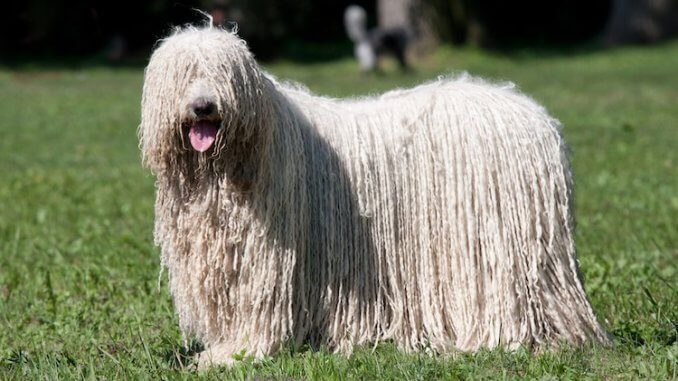
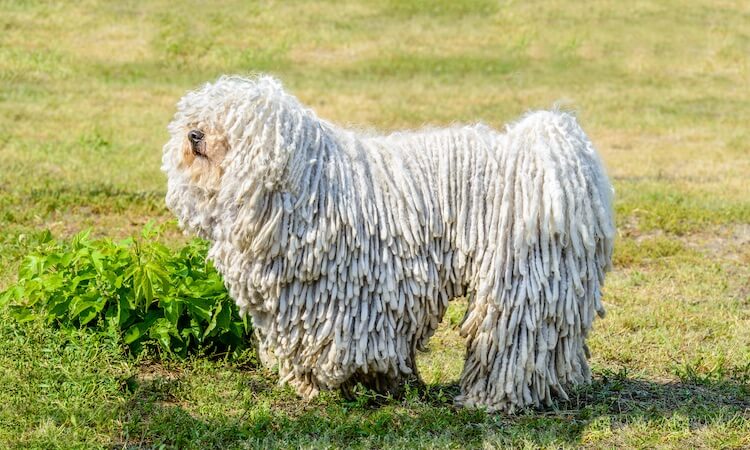
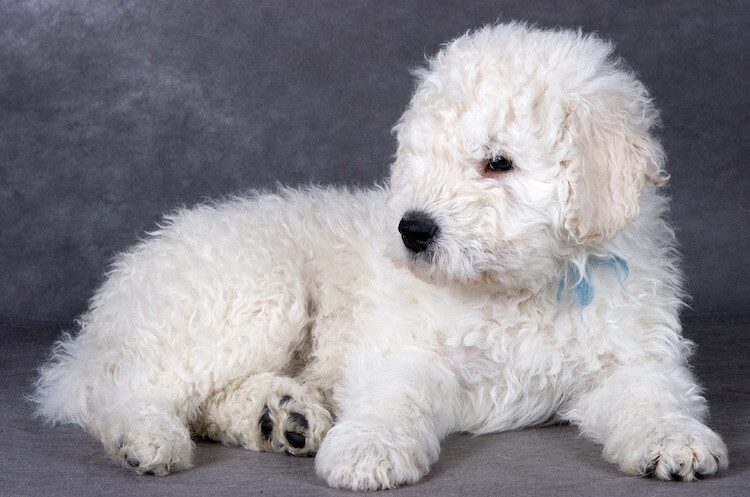
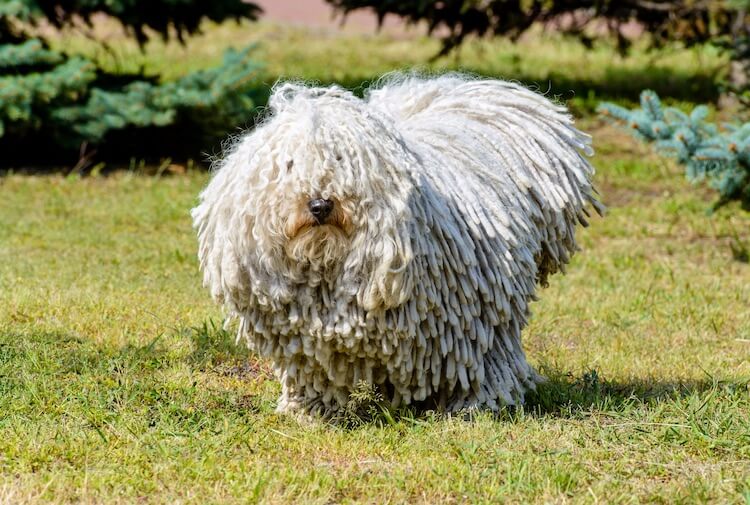
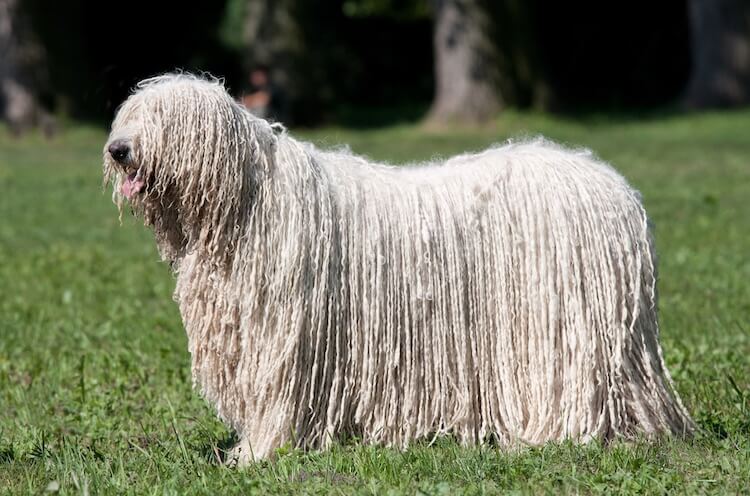
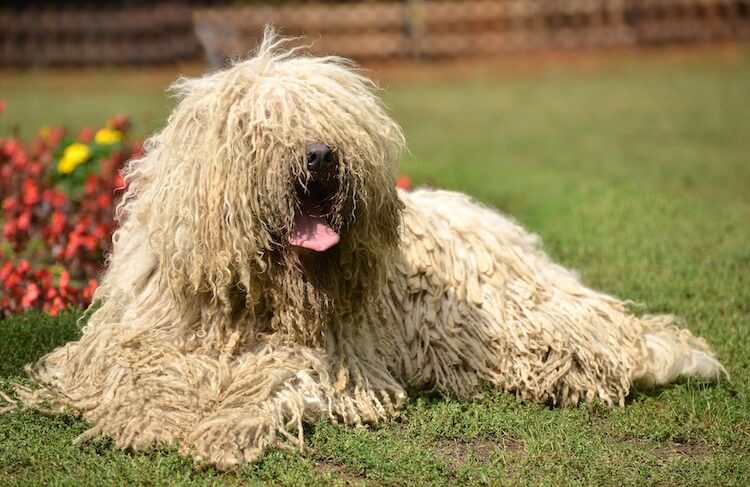
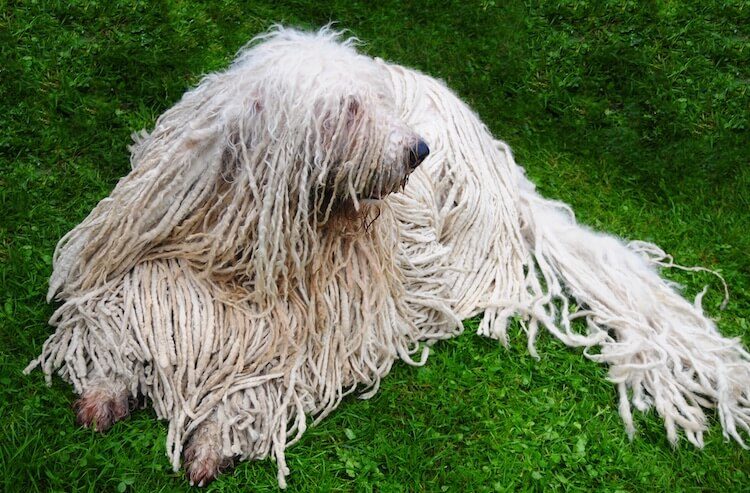

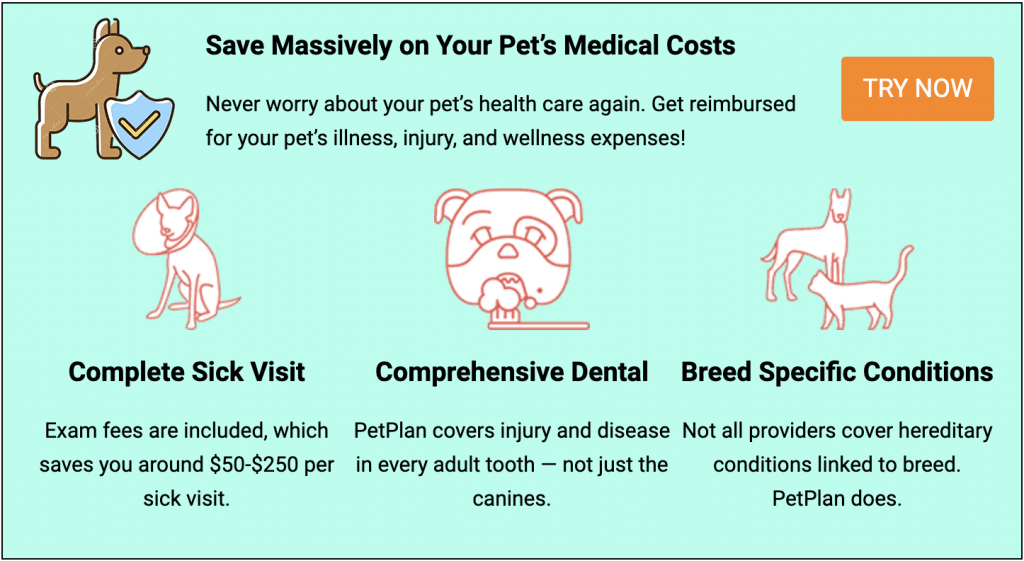
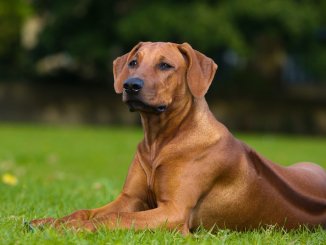
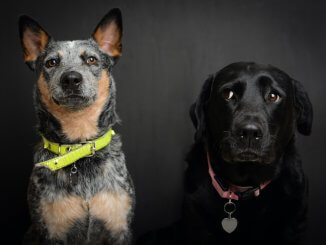

Be the first to comment